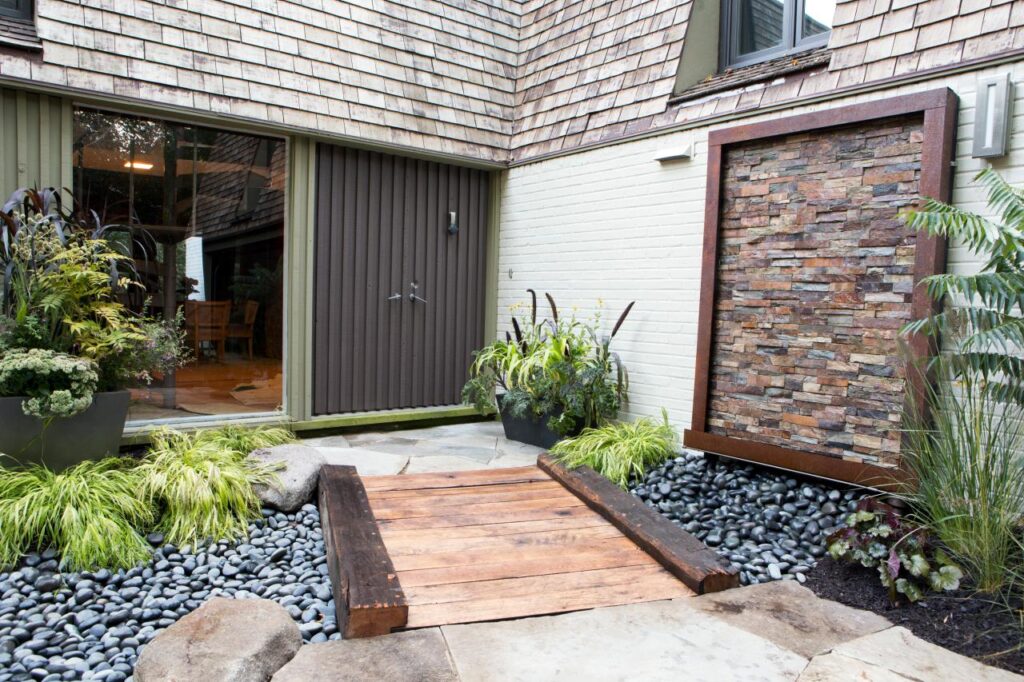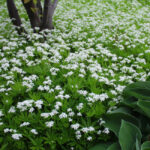It’s quite common to see old railroad ties used for landscaping purposes. This is especially true with raised garden beds and areas that need bordering. And a landscaper might think, “Why not?” Railroad ties are cheap, incredibly durable and reusing them should be good for the environment. But the fact is that old railroad ties are dangerous. If you want to learn why using railway ties in landscaping can be dangerous, keep on reading.
A Toxic Chemical Stew
What makes railroad ties so durable is the chemical concoction that they’re soaked in. The wood preserver, creosote, is composed of over 300 different chemicals – many of which are toxic, pose cancer risks and persist for long periods of time in soil. Creosote can be dangerous through direct contact with the skin. It also dissolves in water, leaches into the soil and eventually ends up in the groundwater. Once you realize this, it’s easy to understand that you don’t want to be eating food grown in the presence of old railroad ties. Nor would you want to be kneeling on them, touching them with your bare skin or even being around them for long periods of time.
Railroad Tie Disposal
If your garden already uses old railroad ties, it’s in your best interest to get rid of them. That said, you don’t want to burn them either. The gas let off by burning creosote is even more toxic than the leachates that end up in the soil.
Cutting railroad ties inevitably leads to sawdust which can also be incredibly toxic. It’s easily inhaled which can cause long term respiratory problems. If you absolutely need to cut old railroad ties, make sure to use a facemask to prevent inhalation of the sawdust.
Check with your local municipality to find out the proper way to dispose of old railroad ties. Simply throwing them in the dump may not even be allowed anymore.
Alternatives To Old Railroad Ties
The obvious reason that old railroad ties have been used in landscaping for so long is that they appear very useful. Their size, durability and price make them seem ideal for landscaping use. Untreated wood is susceptible to rot which makes it a semi-permanent and more expensive solution. If you’re looking for a non-toxic, long-lasting border material, you might consider natural rocks and stones. You can be assured that they’re environmentally friendly, won’t be toxic and will last much longer than most other materials.



